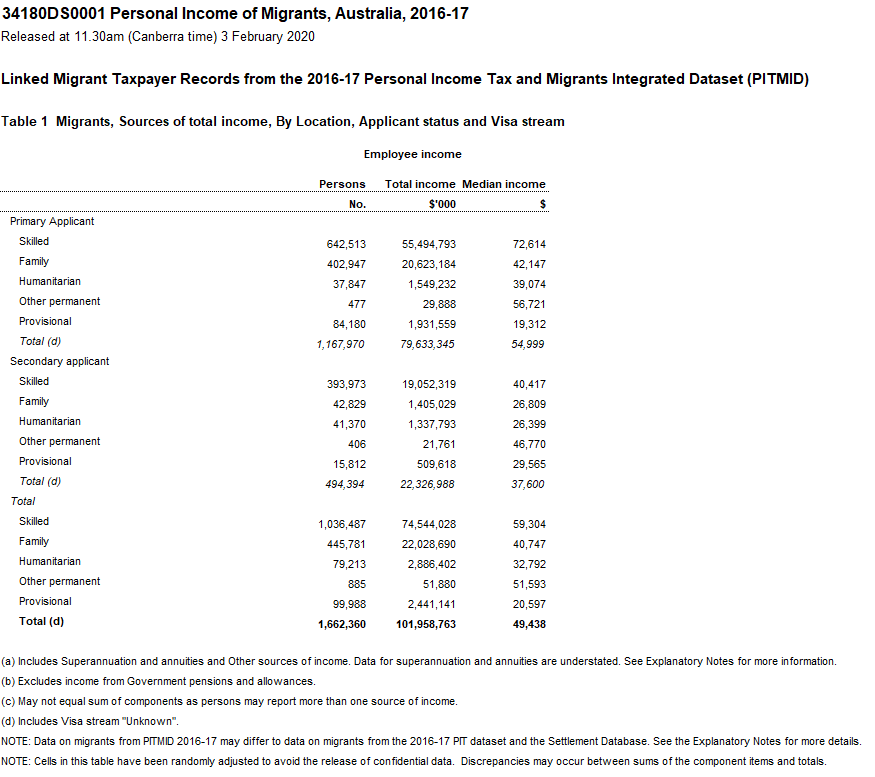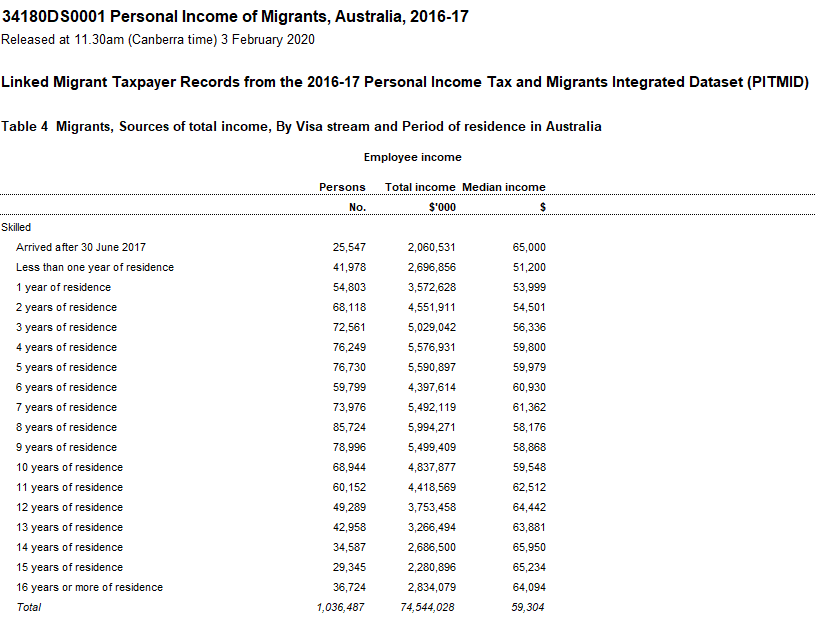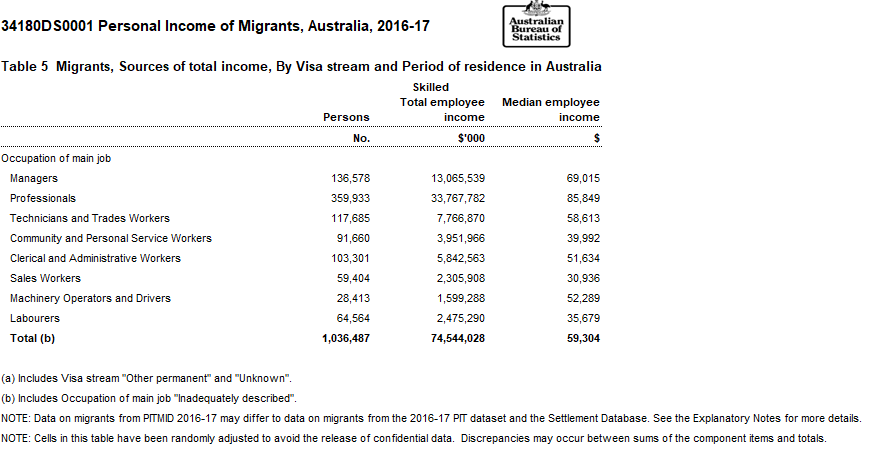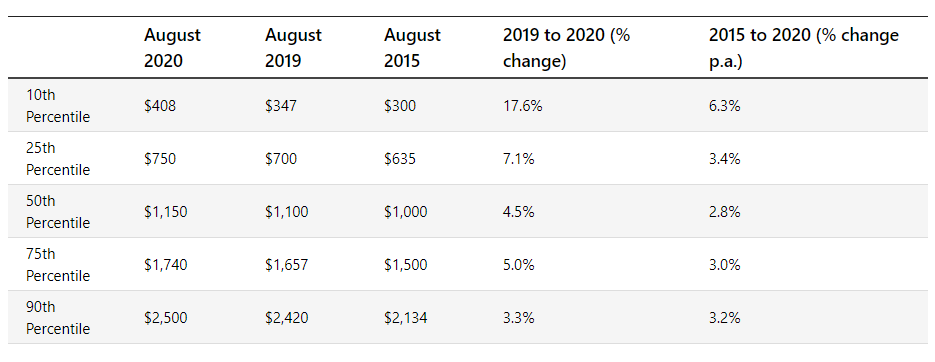Yesterday, the Grattan Institute released a new report entitled “Rethinking permanent skilled migration after the pandemic”, which calls for fundamental changes to Australia’s permanent skilled migration system.
Central to the report’s recommendations was to lift the pay floor on primary skilled visa holders to $80,000 indexed to male weekly earnings.
The report also recommends tightening the points test applying to secondary skilled visa holders (i.e. partners and spouses) to better target these visas towards migrants with higher skills and job experience, as well as better English-language proficiency. As noted by Grattan:
The number of points allocated to the skills and experience of spouses should be increased. This would shift the allocation of permanent skilled worker visas to include more partners with better skills and more English-language proficiency, qualifications, and job experience. High-skilled primary applicants with comparatively unskilled partners would be discouraged from applying to Australia, and would be less likely to be granted a permanent position if they did so.
Today, I want to muse about the possible impact on skilled visa numbers if the Grattan Institute’s $80,000 threshold came into effect, alongside tightening the points test for secondary visas.
Below is median employee income data applying to skilled migrants from the ABS’ latest Personal Income of Migrants survey, which captures data as at the 2016-17 financial year.
As shown in the above table:
- The median income of skilled migrants was only $59,304 in 2016-17.
- Primary skilled migrants earned a median employee income of $72,614 in 2016-17.
- Secondary skilled migrants earned a median employee income of only $40,417 in 2016-17.
While skilled migrant incomes would have increased modestly since 2016-17, it is fair to conclude that Grattan’s $80,000 primary skilled income threshold would set the bar higher to qualify for a visa and could possibly reduce skilled visa numbers.
This is especially so, since skilled migrants earn significantly less than the median when they first arrive:
That said, under Grattan’s proposed reforms the bogus skilled occupation lists (SOL) would be abolished, which would open skilled migration to occupations currently excluded by the SOL, which would offset some of these visa losses in lower paying sectors.
For mine, the biggest impact from Grattan’s reforms could instead come from tightening the points test for secondary skilled visas, where the median income was particularly low at just $40,417 in 2016-17. If tightened sufficiently, this could reduce skilled visa numbers by:
- Reducing the number of primary visa holders applying with lower-skilled partners; and
- Reducing the overall number of secondary visas issued.
In any event, the industries that are most likely to experience the sharpest fall in skilled visas following Grattan’s reforms would be non-professions, where median pay rates are appallingly low:
That said, Grattan’s report explicitly says that it is not trying to reduce overall skilled visa numbers but rather change their composition. It also claims that any reduction in employer-sponsored visas would be offset by an increase in other skilled visas up to the cap.
As I noted in yesterday’s report, I believe that the Grattan Institute’s $80,000 pay floor for skilled migrants is too low; albeit an improvement on the status quo.
My preference would be to set the wage floor at the 75th percentile of median earnings for both permanent and temporary skilled visas, which was around $90,500 in August 2020, according to the ABS:
Doing so would ensure that Australian businesses can only hire foreign workers to fill highly skilled professions, while also eliminating the need for labour market testing or maintaining bogus SOLs. The skilled visa cap should also be lowered significantly so that it focuses on a smaller number of higher quality (and higher paid) migrants.
Running a significantly lower permanent and temporary skilled immigration program that concentrates on highly-skilled and highly paid migrants would provide Australia with the double-dividend of reducing population pressures (especially in Sydney and Melbourne), while also maximising the productivity and fiscal benefits from skilled migration.





